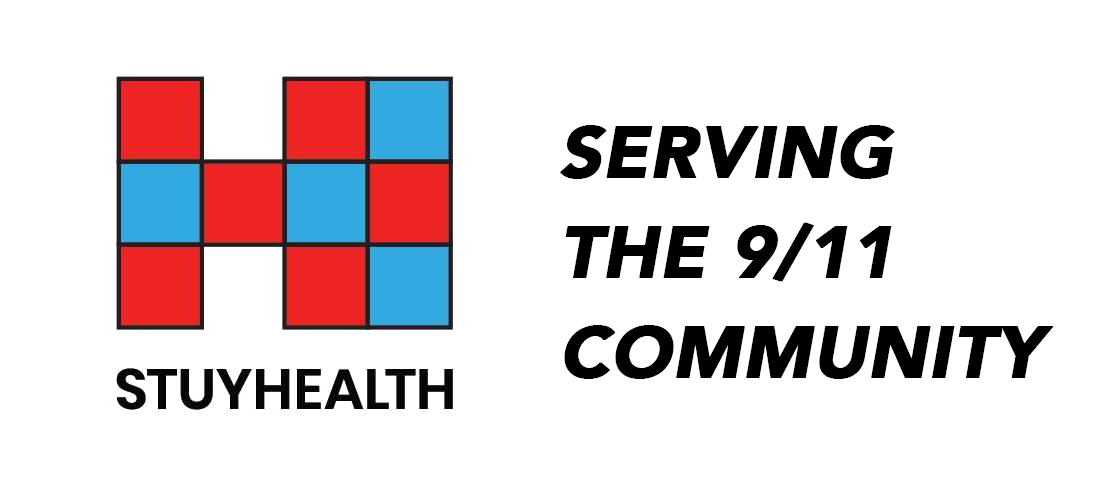How Many People Are in the WTC Health Program and What Are the Most Common Diagnoses?
Hope everybody had a wonderful holiday and is having a great start to 2023!
To kick things off for the year, we thought we’d delve into the numbers. Periodically the WTC Health Program releases a report with statistics that help paint a picture of the 9/11 health crisis as it stands. Today we’re taking a look at the most recent report.
As of September 2022 the WTC Health Program had 84,289 responders and 35,958 survivors enrolled. Though there are clearly many more responders, this is largely because the program offers preventative screening to responders and as a result had nearly 60,000 responders already on its rolls by 2014, many of whom were not yet sick. By contrast, survivors, who must be sick to qualify, participated in much smaller numbers. In 2014, only about 8000 survivors were enrolled. It’s no surprise, however, that since 2014, new membership has grown relatively evenly. Nearly the same numbers of survivors and responders have sign up every month, generally between 200 and 400, and more recently survivors have even begun to significantly outpace responders in the pool of new applicants.
The survivor population is also demographically quite different than the responders. Among the survivors, many more are female (nearly half as compared to 87% male responder population) and young (only 1% of the program’s participants are under 35, but most of those are survivors). Survivors also make up a larger percentage of the oldest patients in the program as well. Among survivors in total, more than 12,000 (40%) have been diagnosed with a cancer. Prostate cancer is very common in both populations, but but whereas non-melanoma skin cancer is by far the most commonly diagnosed cancer among responders, breast cancer is among most commonly diagnosed among survivors.
The broader stats show many more similarities between these two populations. Among both responders and survivors, chronic rhinosinusits, asthma, GERD, and cancer are the most commonly diagnosed conditions, and thousands suffer from PTSD. 70% of program participants are diagnosed with more than one WTC condition.
This report is a good reminder that the survivor community is large - estimates are that it likely includes over 300,000-400,000 people who all breathed in the same toxic dust and chemicals as the 100,000 responders who answered the call on that day. We expect to see many more of them enroll as they discover that they have the rights to care and compensation. If you have questions about how to enroll, drop us a line at info@stuyhealth.org.
*All charts from the WTC Health Program’s Program Statistics Page.





